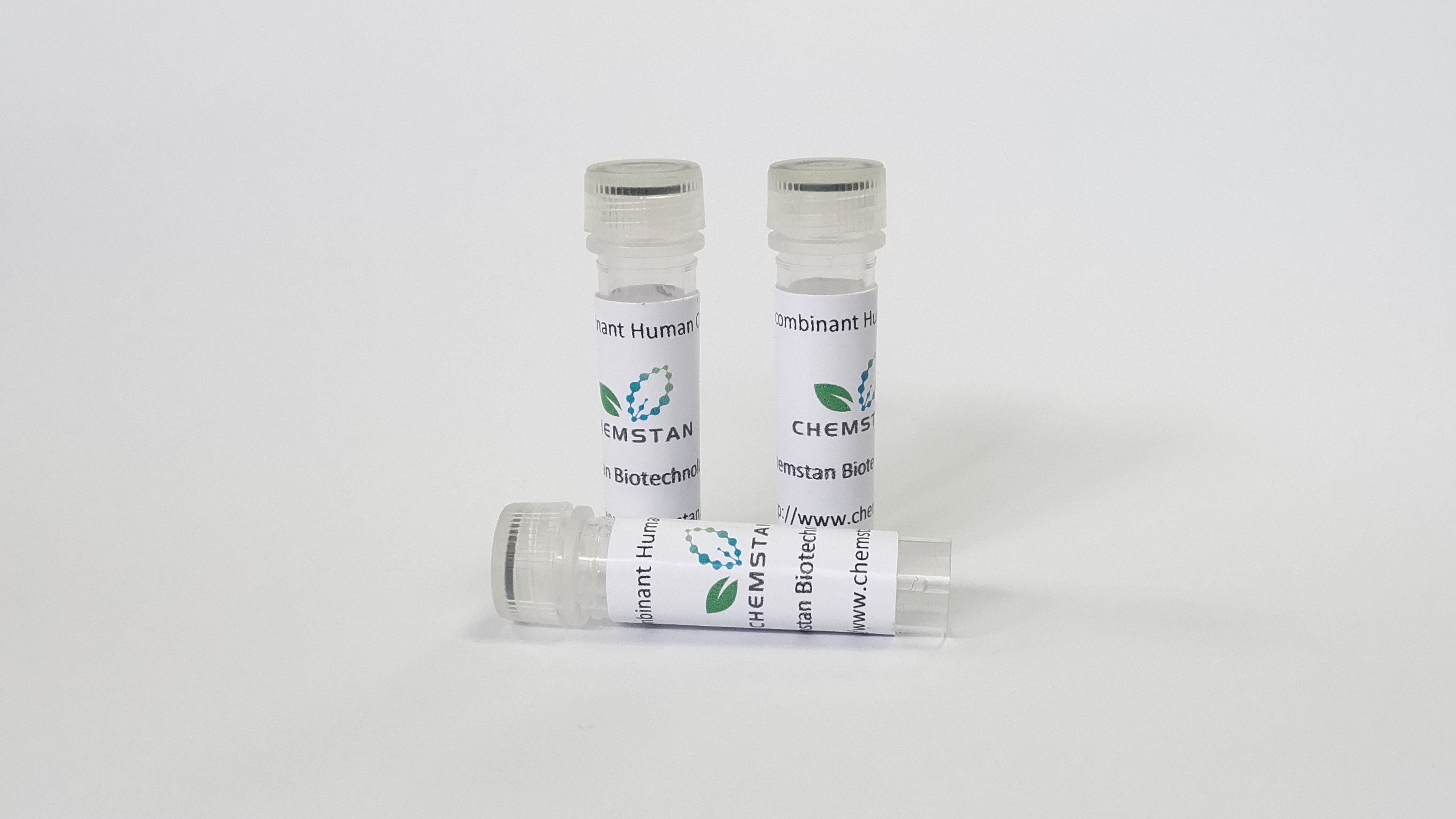
浏览量: 574
- 产品名称: Cy3 Alkyne
- 产品货号: CSC311
- 货期: 现货
- 价格与订购: 1800
- 数量:
库存: 10
- 规格: 1 µmol
- 产品信息
- 如何订购
Introduction
Click chemistry describes a class of chemical reactions that use bio-orthogonal or biologically unique moieties to label and detect a molecule of interest in mild, aqueous conditions. The click reaction involves a copper-catalyzed triazole formation from an azide and an alkyne. The azide and alkyne moieties can be used interchangeably; either one can be used to tag the molecule of interest, while the other is used for subsequent detection.
The Cy3 alkyne is reactive with azide via a copper-catalyzed click reaction that allows the subsequent visualization by fluorescence spectroscopy.
Features
Efficiency—the click reaction is complete in less than 1 hour;
Specificity—the reaction between the label and detection tag is selective and specific;
Stability—the reaction product contains an irreversible, covalent bond;
Biologically inert—the components of the reaction do not undergo any side reactions.

Figure 1. Click chemistry labeling
Label
Cy3
Ex/Em
555/565
Detection Method
Fluorescent
Solubility
DMSO, DMF
Molecular Weight
887.16
Product Size
1 µmol
Storage Conditions
-20 ℃, protect from light
Shipping Condition
Room Temperature
Applications
Click chemistry labeling
Reference
1.Click-mediated labeling of bacterial membranes through metabolic modification of the lipopolysaccharide inner core.
Dumont A, Malleron A, Awwad M, Dukan S, Vauzeilles B,Angew Chem Int Ed Engl (2012) 51:3143-3146
2.Site-specific terminal and internal labeling of RNA by poly(A) polymerase tailing and copper-catalyzed or copper-free strain-promoted click chemistry.
Winz ML, Samanta A, Benzinger D, Jäschke A,Nucleic Acids Res (2012) 40:e78-e78
3.Mutant methionyl-tRNA synthetase from bacteria enables site-selective N-terminal labeling of proteins expressed in mammalian cells.
Ngo JT, Schuman EM, Tirrell DA,Proc Natl Acad Sci U S A (2013) 110:4992-4997
4.Direct in-gel fluorescence detection and cellular imaging of O-GlcNAc-modified proteins.
Clark PM, Dweck JF, Mason DE, Hart CR, Buck SB, Peters EC, Agnew BJ, Hsieh-Wilson LC,J Am Chem Soc (2008) 130:11576-11577
5.Robust fluorescent detection of protein fatty-acylation with chemical reporters.
Charron G, Zhang MM, Yount JS, Wilson J, Raghavan AS, Shamir E, Hang HC,J Am Chem Soc (2009) 131:4967-4975
Note
For research use only .
上一篇 Cy3 Azide
Texas Red Azide 下一篇

 地 址:
地 址: 产品销售:
产品销售: E - mail :
E - mail : 邮 编:
邮 编:
 Amily
Amily


